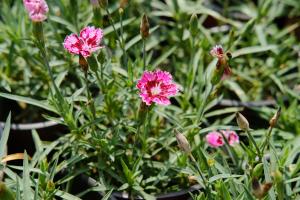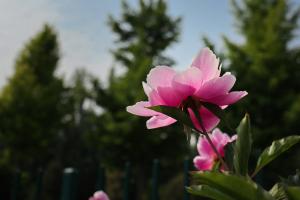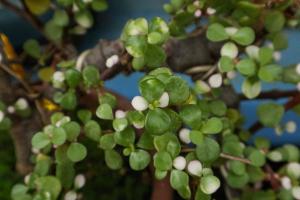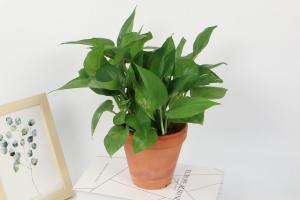Introduction
Sago plants are a popular choice of foliage for both indoor and outdoor settings. They add an exotic touch to any surrounding with their palm-like appearance and unique patterned leaves. But in order for them to thrive and grow healthy, it is important to select the right kind of potting soil. In this article, we will discuss the characteristics of good potting soil for sago plants.
Adequate Drainage
Sago plants are sensitive to overwatering, and prolonged exposure to wet soil can lead to root rot. Therefore, the ideal potting soil for sago plants should have adequate drainage capacity. Look for a potting mix that has coarse sand or perlite, which will help to improve water drainage by creating air pockets in the soil. This will prevent water from pooling in the roots, which can cause fungal or bacterial infections.
Light and Nutrient-rich
Sago plants require a soil mix that is rich in nutrients and minerals. When choosing soil for your sago plant, select a mix that contains a good balance of organic and inorganic matter, such as peat moss, coconut coir, vermicompost, and perlite. Additionally, try to find soil that is porous and light, while also able to retain moisture for a longer period. This will help to keep the plant's roots healthy, as well as encourage good growth and development.
pH Level
The pH level of the soil is another important factor to consider when selecting soil for sago plants. Sago plants grow best in soil that has a pH level between 5.5 and 6.5. Soil that is too acidic or alkaline can prevent the plant from absorbing important minerals and nutrients. Most potting soil mixes sold commercially will have a neutral pH level, but it is still a good idea to test the soil before planting your sago plant. You can purchase a pH testing kit online or at a garden center and follow the instructions to check the pH level of your soil.
Avoid Heavy, Dense Soil
Heavy, dense soil is often not recommended for sago plants, as it can be detrimental to their growth. This type of soil tends to retain more water, which can cause the roots to become waterlogged, leading to root rot. Sago plants prefer a soil that is light and airy, as this provides good ventilation for the roots, allowing them to breathe and absorb nutrients and moisture more effectively.
Conclusion
Sago plants are stunning plants that require specific care and attention, including selecting the right kind of potting soil. Look for soil that is well-draining, light, nutrient-rich, and has a pH level between 5.5 and 6.5. Avoid soil that is heavy, dense, or overly moist, which can cause root rot or fungal infections. By selecting the correct soil mix, you can ensure that your sago plant has the best chance of thriving and growing to its full potential.

 how many times do yo...
how many times do yo... how many planted tre...
how many planted tre... how many pine trees ...
how many pine trees ... how many pecan trees...
how many pecan trees... how many plants comp...
how many plants comp... how many plants can ...
how many plants can ... how many plants and ...
how many plants and ... how many pepper plan...
how many pepper plan...































